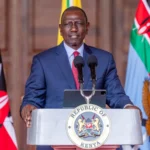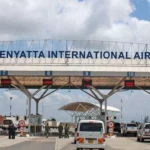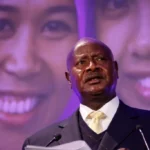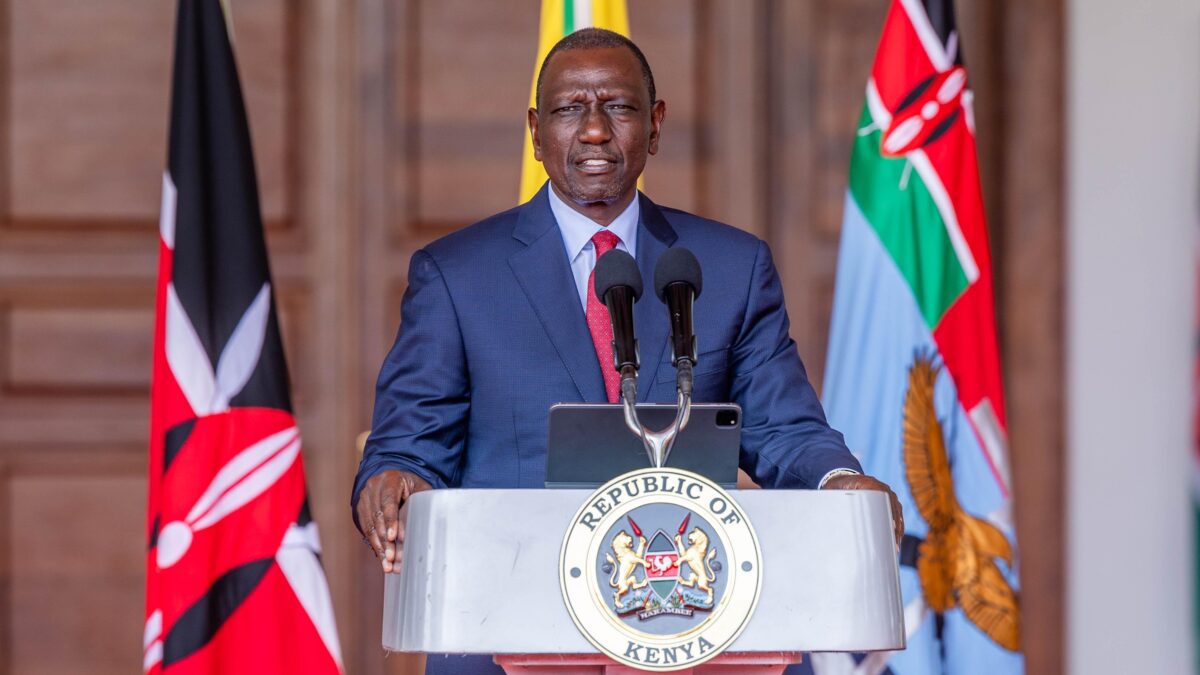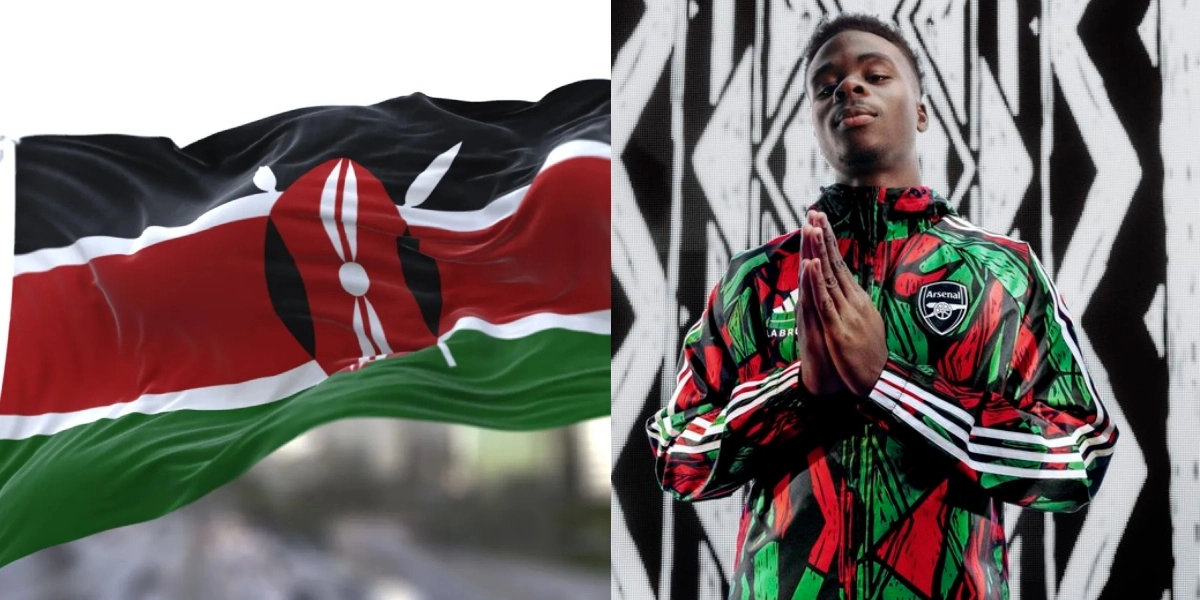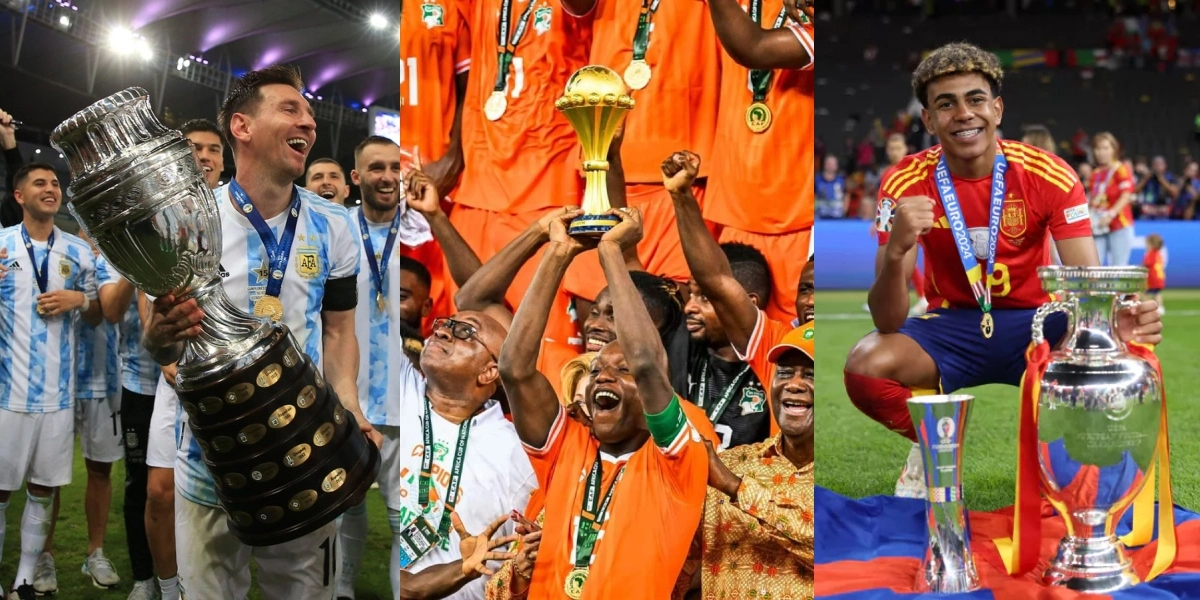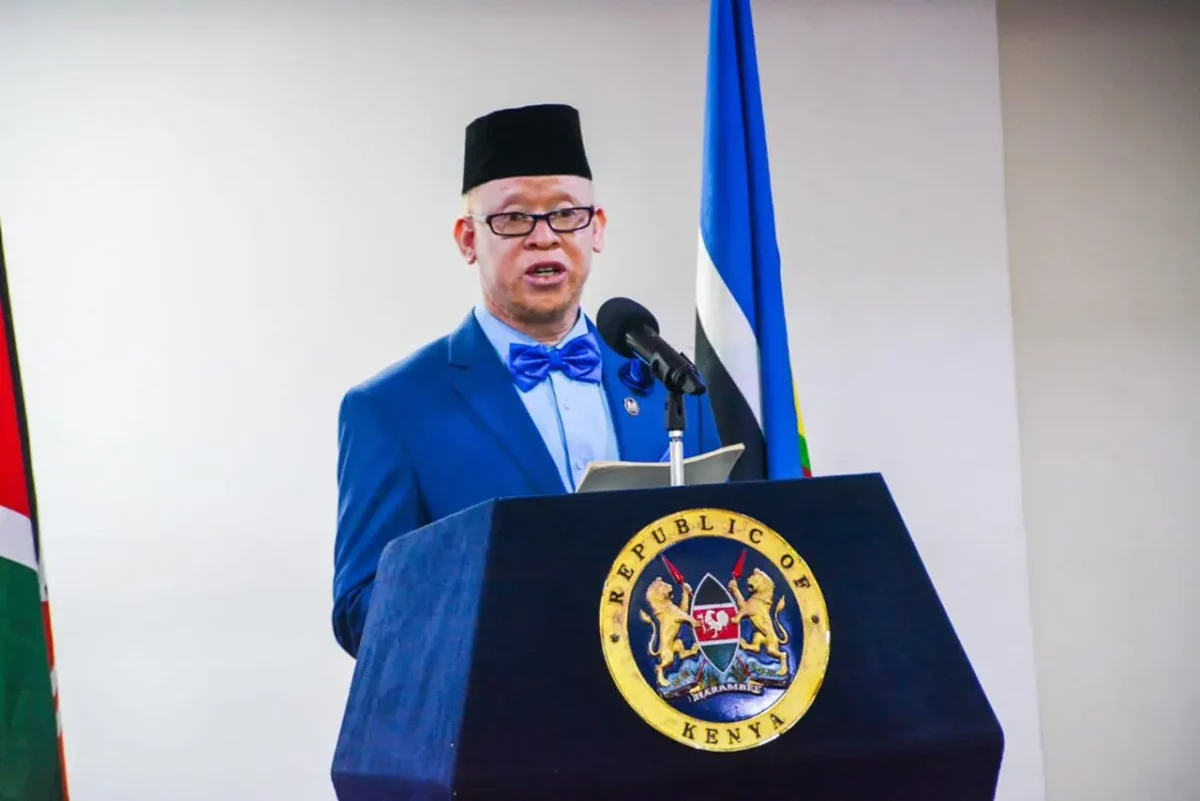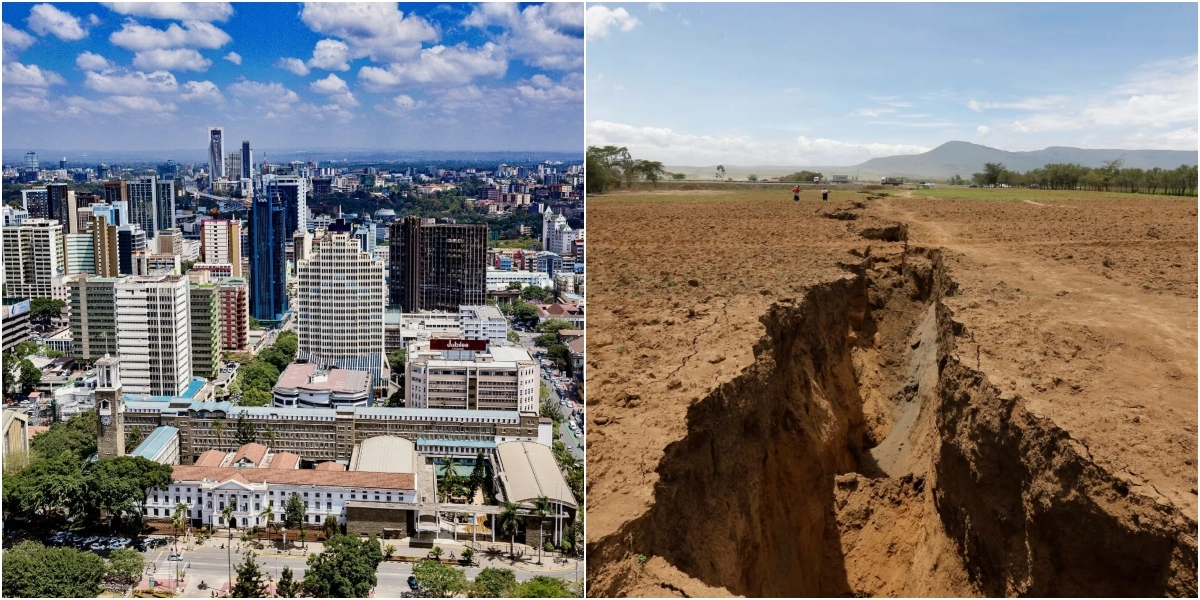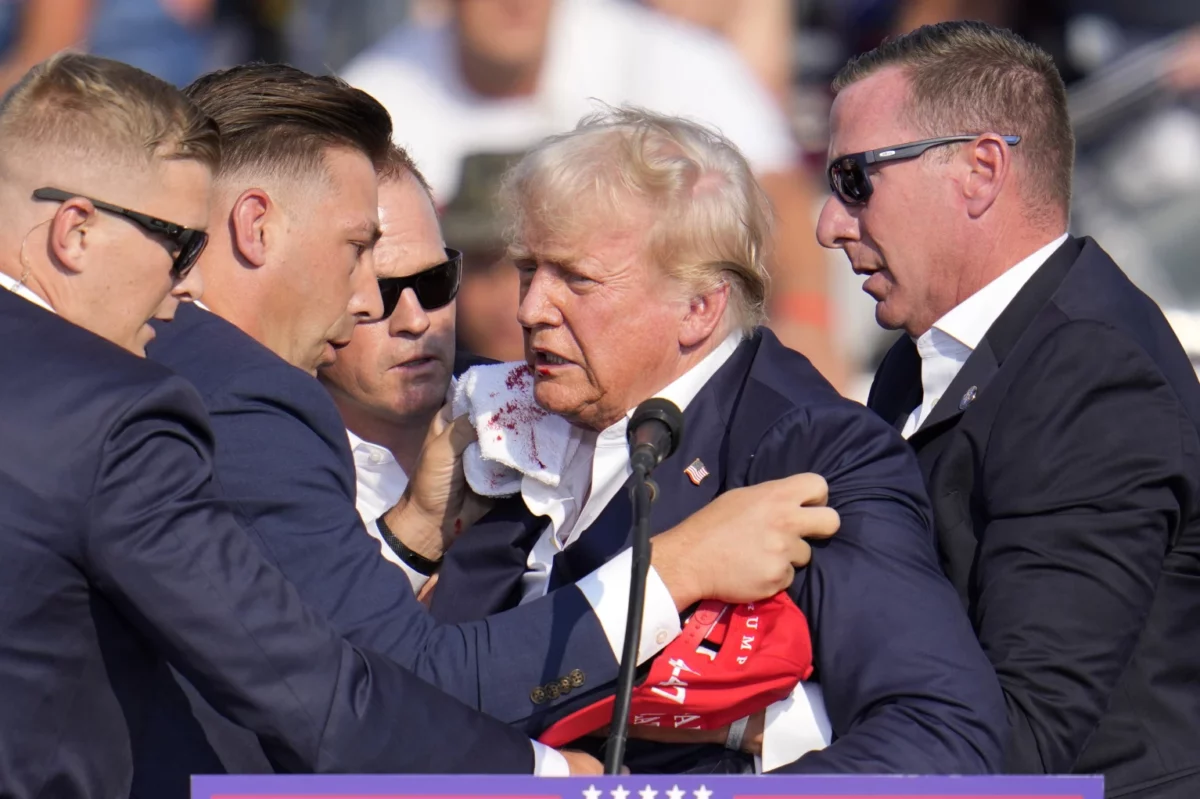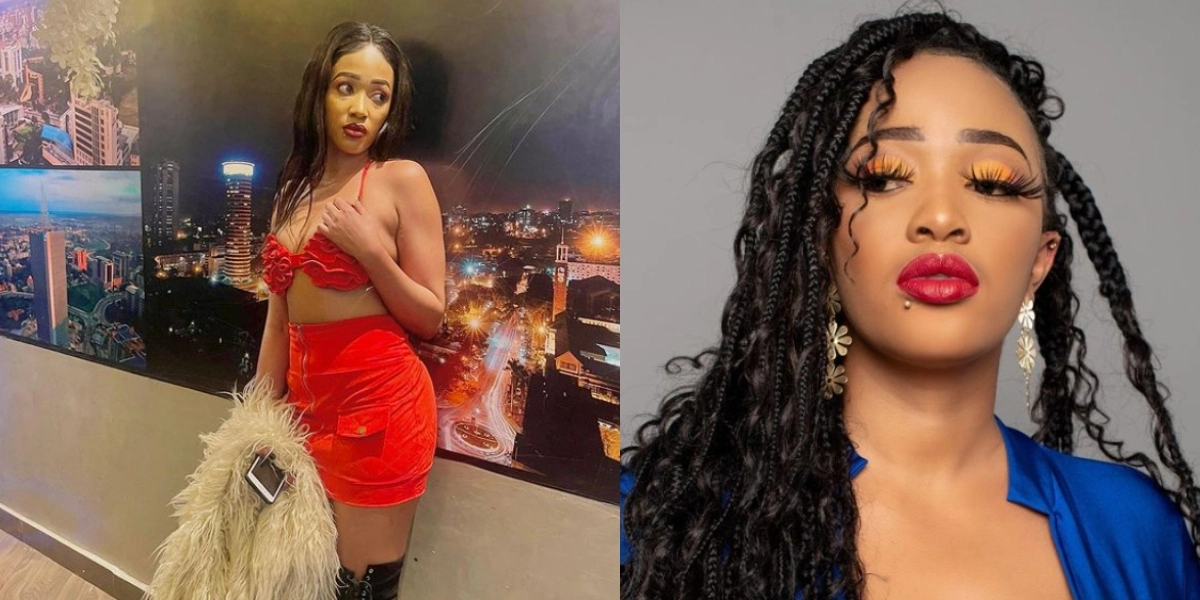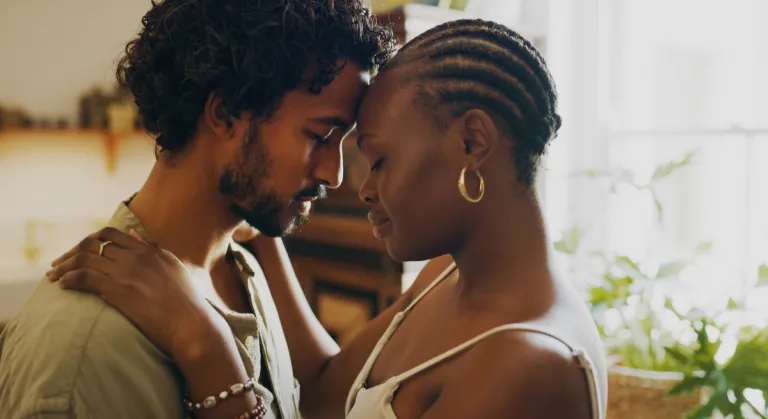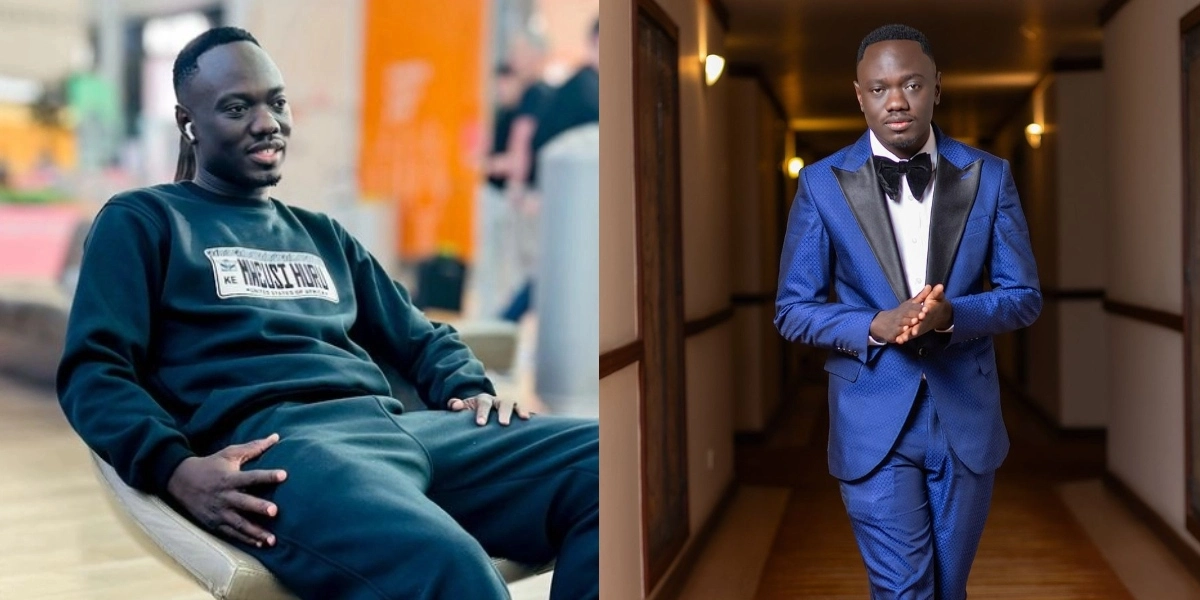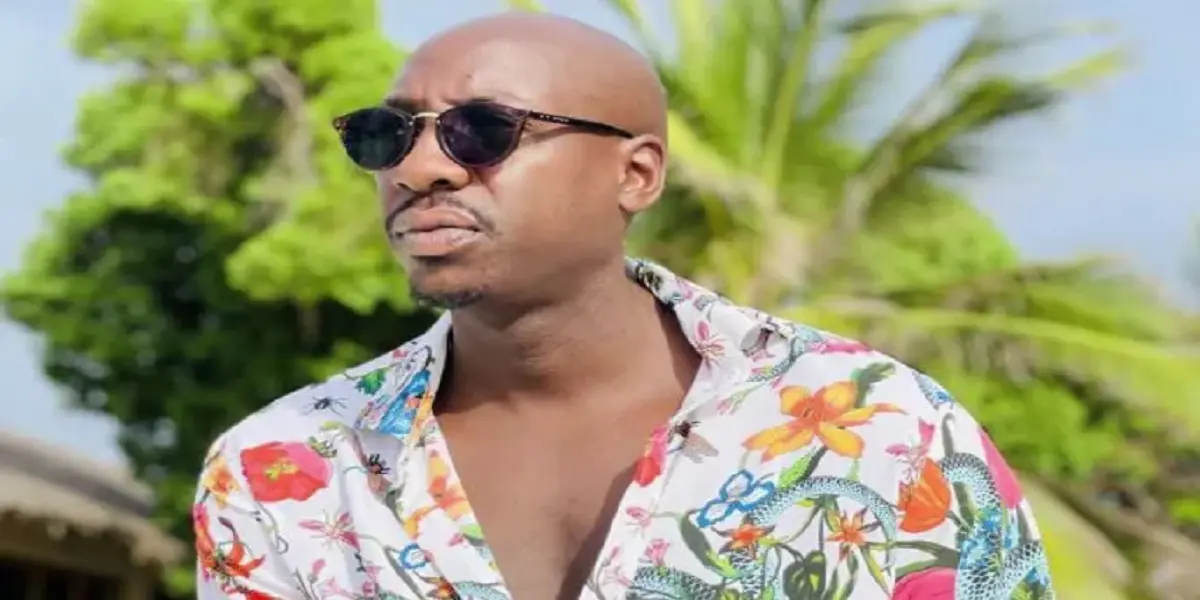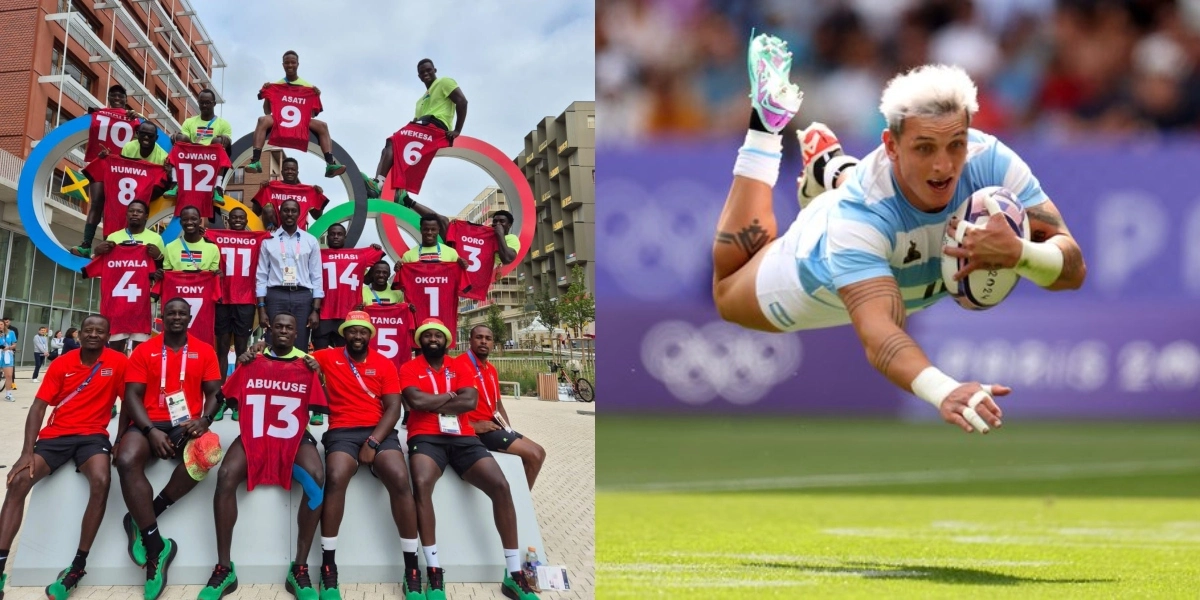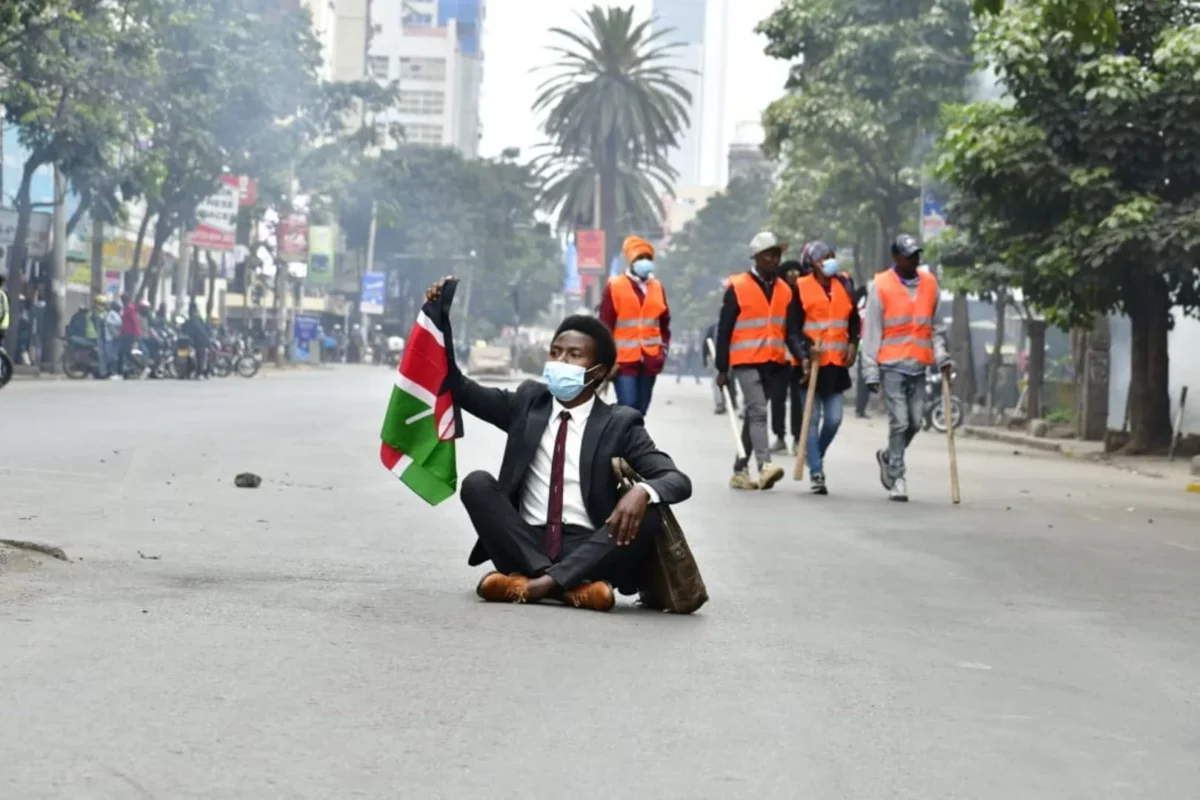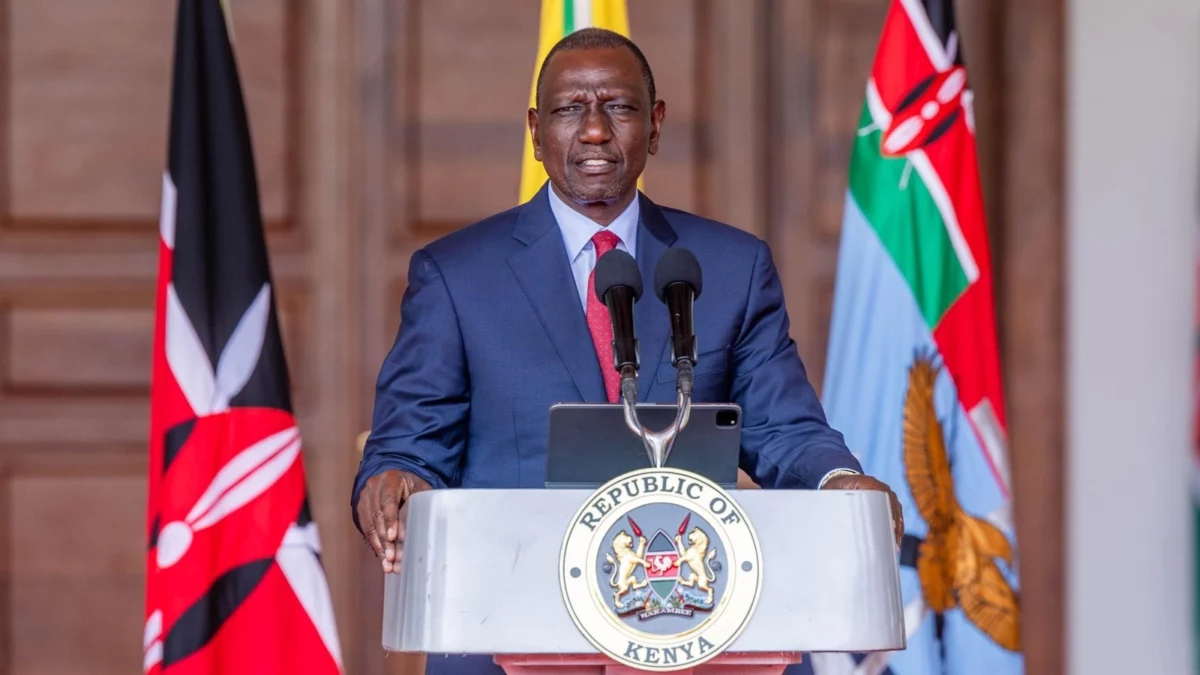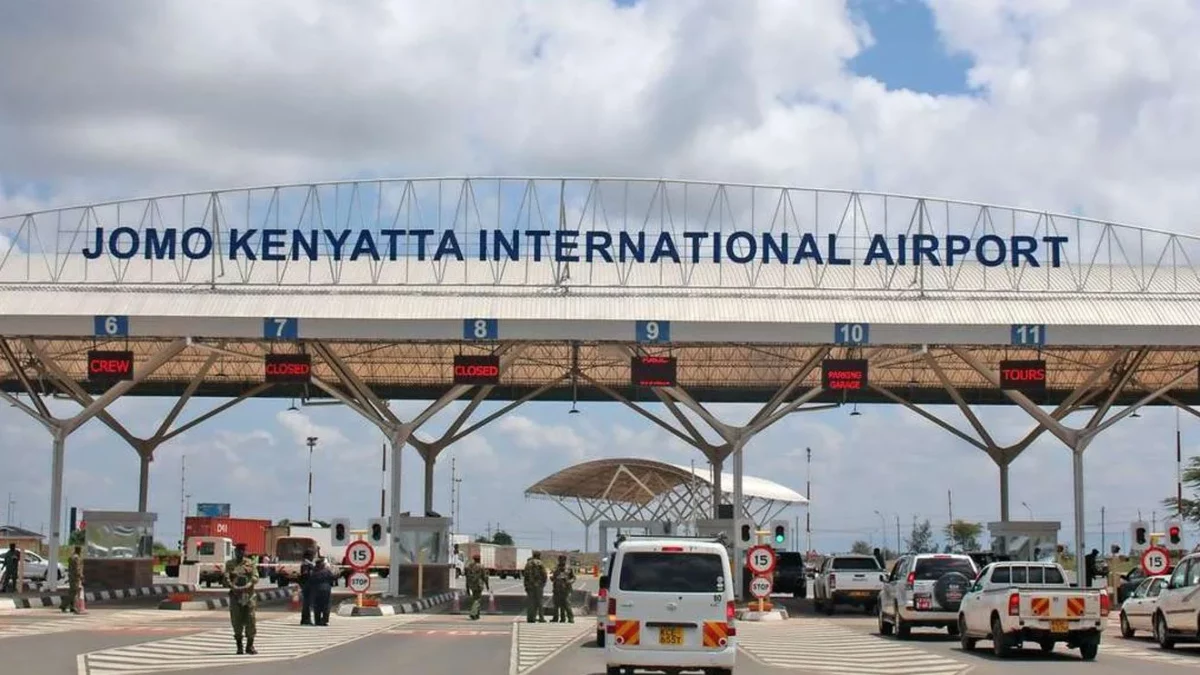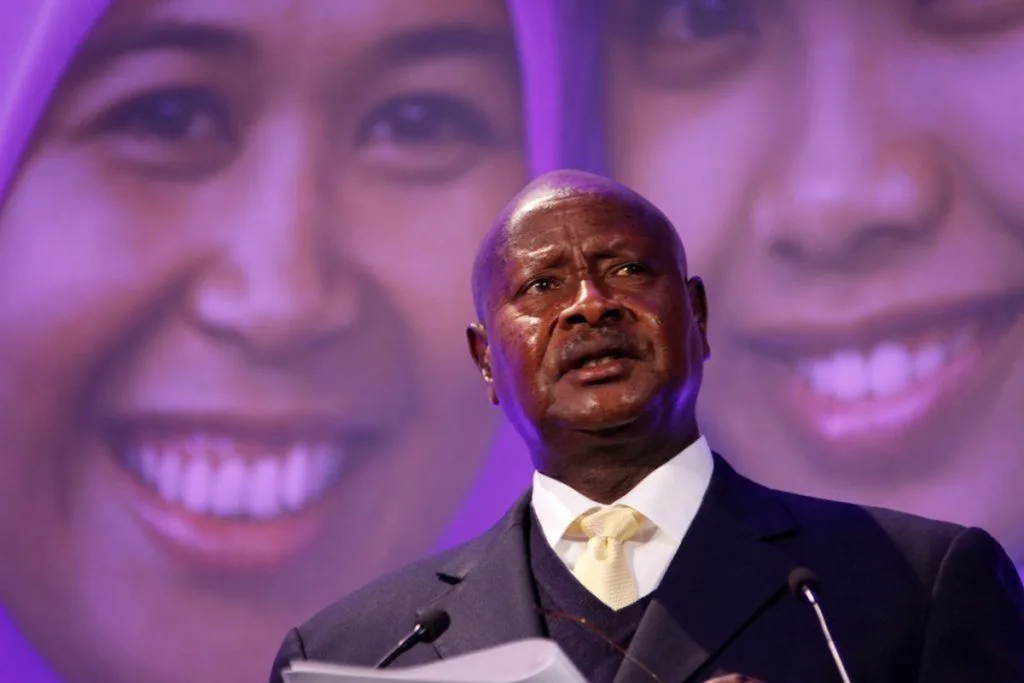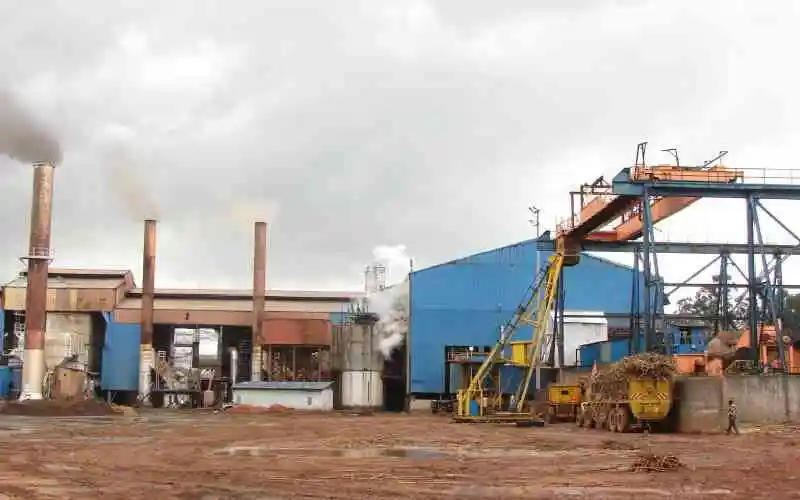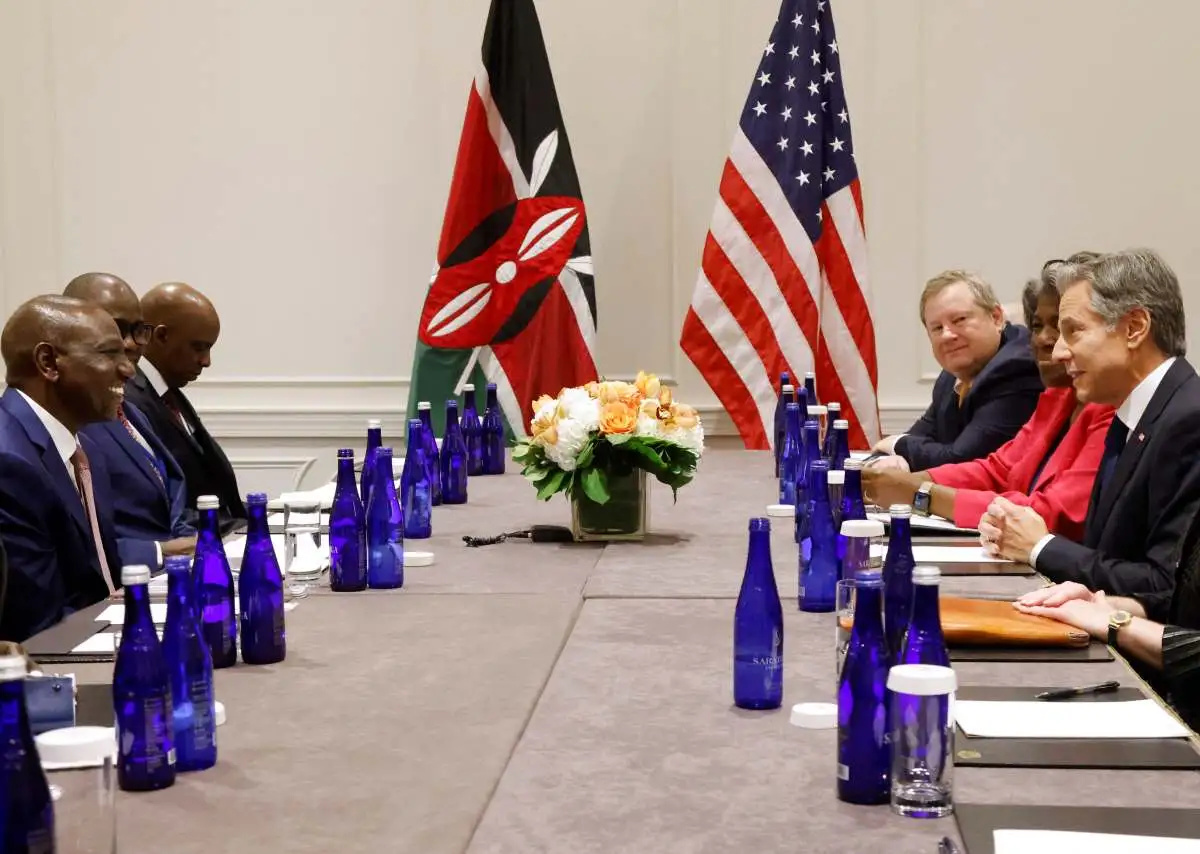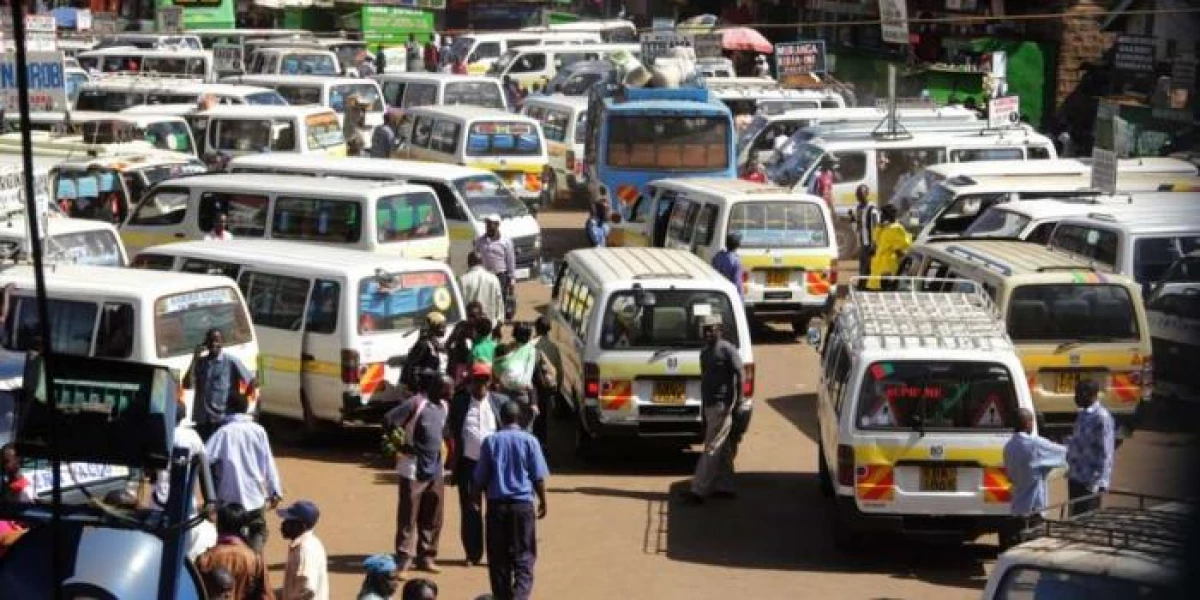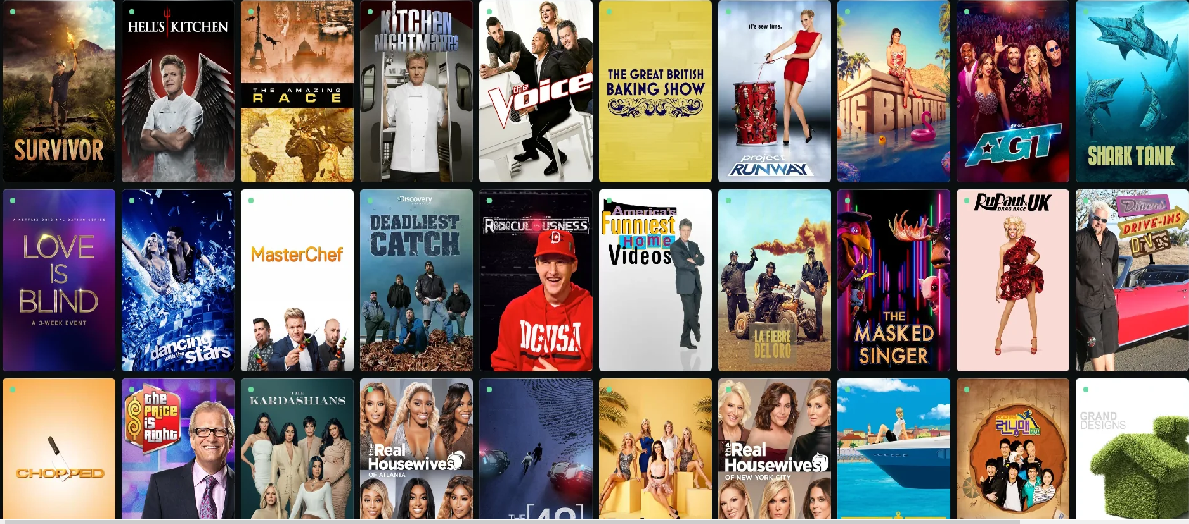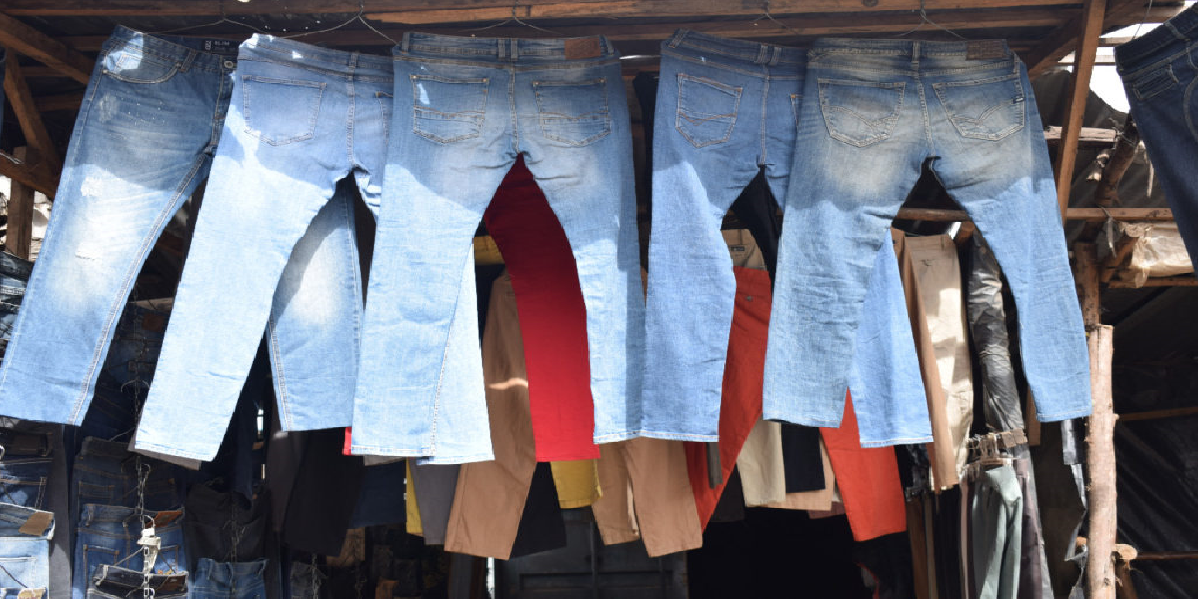The Maasai are the Nilotic ethnic group, that speaks the Maa language and are member of the Nile-Sahara family of languages related to Nuer, Kelenjin, and Dinka.
The Maasai community is internationally known for its distinctive culture, rituals ‘high jumping dance’, custom dress, and being courageous warriors.
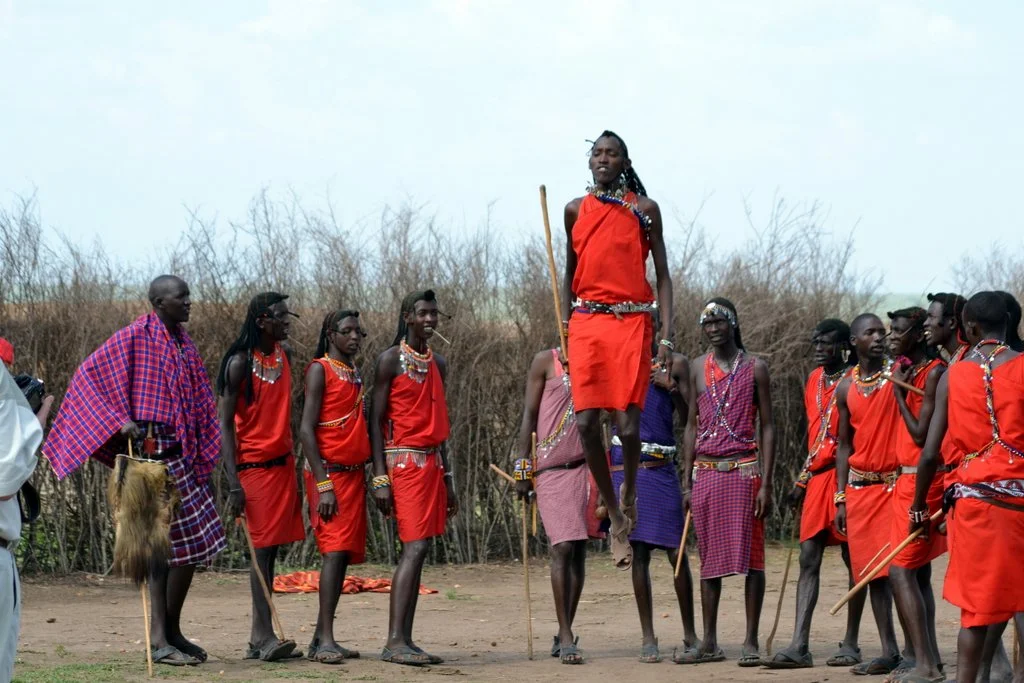
Oloibon had mystical as well as medicinal healing powers. They predicted the future and healed people from physical, mental, and spiritual illnesses.
They were in charge of the rituals, led the community in sacrifices, officiated ceremonies, and advised elders on spiritual aspects.
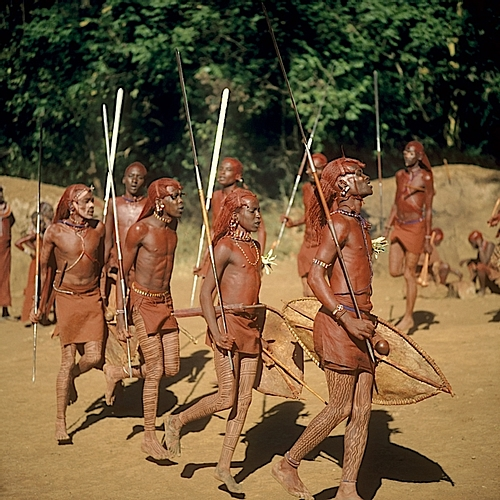
For centuries the Maasai have been nomadic Pastoralists whose lifestyle depended on their cattle. Young warriors (the Morans) walked in search of the pasture while protecting the cattle and the community.
The Ilkunono, a sub-group of Maasai, was also known for being skilled blacksmiths, making cowbells and weapons. The iron metal cowbell (Oltuala) has a loud sound, which helped keep track of the grazing cattle.
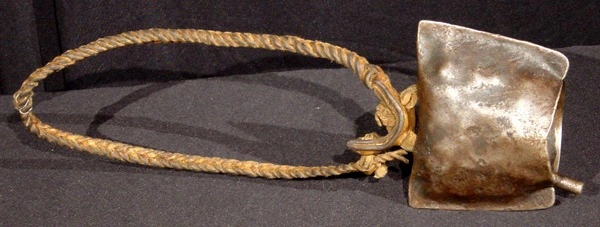
In the 16th century, the Maasai began migrating southwards from the lower Nile River. From the 18th century, they began settling in Southern Kenya and Northern Tanzania. Today they reside near East African game parks.
Emanyattas is the ceremonial homesteads built for particular cultural ceremonies such as eunoto. These houses are made of mud, sticks, and grass, and plastered with cow dung. Traditionally, Maasai houses are built by women.

Age-sets (orporor) system was distinctive to the Maasai community and included many rituals and ceremonies involving birth, initiation, courtship, marriage, healing exorcisms, and death. The majority of the Maasai believed in the power of the elders in controlling Political and social matters.
Read Also:8 African Leaders Who Have Never Tasted Presidential Power
Upon circumcision, boys graduated to young Warriors popularly known as Morans Ilmurran. The ceremony is held every 10-15 years. It marks a new age set.
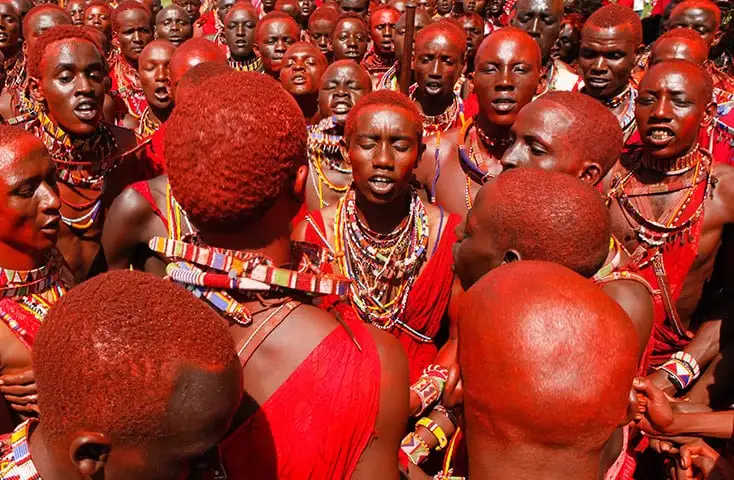
The Maasai community women also made a role in building Manyatta houses and took care of the children and the old, they showed loved to their men.
Read Also:Bee Farming in Somalia: A Promising Venture for Upcoming Entrepreneurs
Traditionally, the Maasai community also carried out the Eunoto ceremony of the age-set men as a symbol of love and unity in the Society.
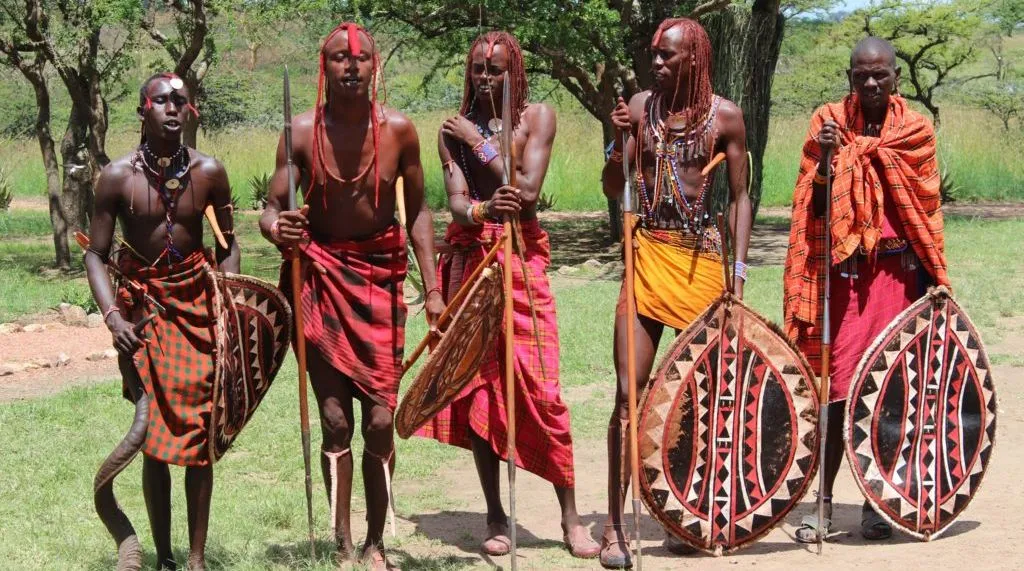
The Maasai community warriors are known for being strong and courageous. Traditionally, they protected the cattle and the whole community with long spears and buffalo skin shields, which were decorated in red, white, and black dye.
Read Also:Tunisia Launches Plan to Help Women Adapt to Climate Change
Maasai warriors are known for being strong in any means of fighting tactics. Traditionally, had braided hair, which is dyed with red ochre.
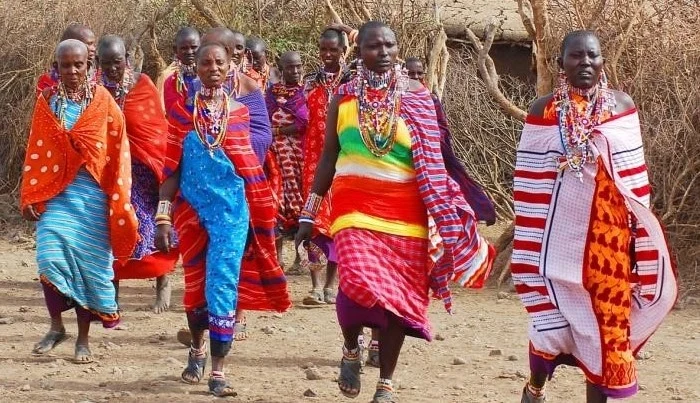
They wore beaded necklaces, ornaments, and capes (Shukas) made of cowhide.
Subscribe to our YouTube Channel at Switch TV.



